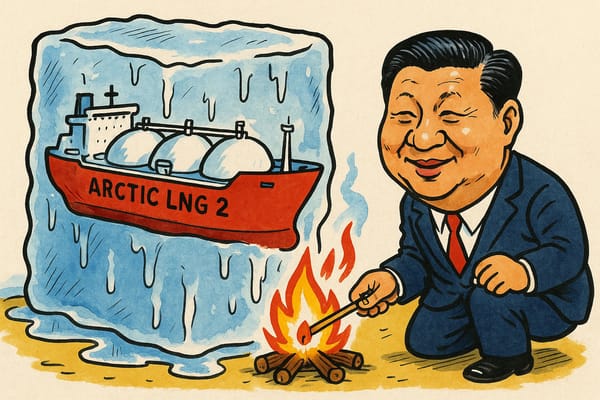Net zero effort: We need to talk about the urgent need for behavioural change
DEEP-DIVE: The energy industry is transitioning too slowly to save us. There is no technological fix to the wasteful pursuit of affluence


Member discussion: Net zero effort: We need to talk about the urgent need for behavioural change
Read what members are saying. Subscribe to join the conversation.





